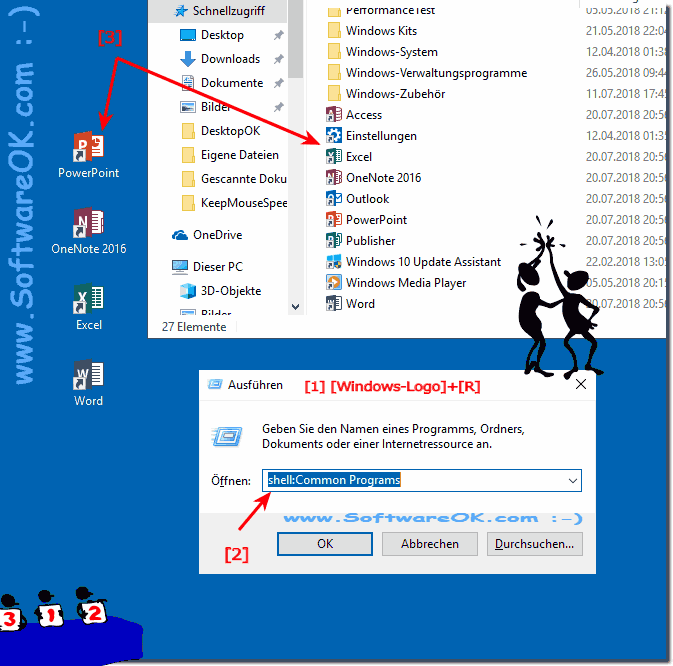

- How to create desktop shortcut for outlook 2013 software#
- How to create desktop shortcut for outlook 2013 windows#
So, try to run either of the following commands in Run command box:
How to create desktop shortcut for outlook 2013 software#
If you work in a corporate where uninstalling a VPN service is not allowed and opening the Outlook 2013 in safe mode works fine for you, that means add-ins from VPN software are creating the trouble for you. If VPN software is the culprit, disabling their automatic startup or uninstalling them should resolve the issue.
How to create desktop shortcut for outlook 2013 windows#
If you have SonicWall VPN or any other VPN software installed, either uninstall them or remove the application from the startup of windows and then restart your computer. To create a new profile in Outlook 2013, check the steps given at this link. Or even your Outlook 2013 doesn’t open in Safe mode you need to create a new profile. Close the Outlook 2013 and re-open normally using the icon on the desktop or from the Start menu.Disable all add-ins or the ones you think could be faulty.Click on Add-ons > Select COM Add-ins under Manage > Go.Now, if your Outlook 2013 opens, disable the faulty add-ons:.You need to open Outlook in Safe mode.To fix these issues, follow below-given steps: Sometimes “Loading Profile” issue also occurs because of conflict with any add-ons or profile corruption.

Now Outlook 2013 should open without any issue. Type in following command and press enter: Press Windows Key + X > Select Command Prompt (Admin) Import the bak.pst file into Outlook, and then use the Import and Export Wizard to import any additional recovered items into the newly created. To recover items from the backup (.bak) file, make a copy of it and give the copy a new name with a. You may be able to recover items from the backup file that the Inbox Repair tool couldn’t recover. bak extension, and saves it in the same folder. The Inbox Repair tool creates a backup file with the same name as the original, but with a. If you can open the original Outlook Data File, you may be able to recover additional items. After you’ve moved all the items, you can remove the Recovered Personal Folders (.pst) file. You can create an Outlook Data File, and drag the items in the Lost and Found folder into the new data file. The Lost and Found folder contain any folders and items recovered by the repair tool that Outlook can’t place in their original structure. Although the repair process might recreate some of the folders, they may be empty. In the Folder Pane, you might see a folder named Recovered Personal Folders that contains your default Outlook folders or a Lost and Found folder.




 0 kommentar(er)
0 kommentar(er)
